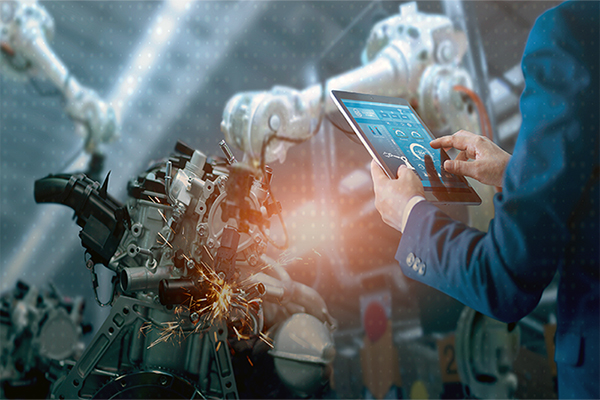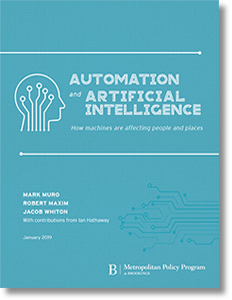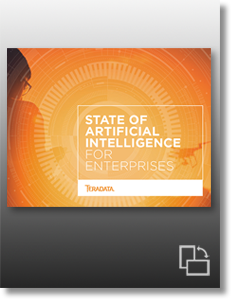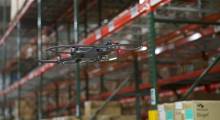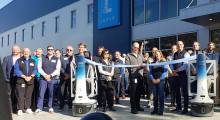Automation and Artificial Intelligence
The Brookings Metropolitan Policy Program released new research that analyzes the impacts of automation on the American workforce, examining data focused on the mix of industries, geographies, and demographic groups across the U.S.
The report, titled Automation and Artificial Intelligence: How machines are affecting people and places, offers projections for how automation and artificial intelligence will impact the American economy over the next few decades, looking at the susceptibility of tasks in occupations that are potentially automatable.
The authors, Mark Muro, Robert Maxim, and Jacob Whiton, focus on areas of potential occupational change rather than net employment losses or gains.
Special attention is applied to digging beneath national top-line statistics to explore variations by industry, geography (metropolitan area and state), and demographics (age, gender, race/ethnicity, educational attainment).
Key findings include:
- Demographic variation: Young people, men, and underrepresented groups, particularly Hispanics and blacks, will face pronounced difficulties as a result of automation’s disruptions - an underexplored viewpoint in the current coverage of automation.
- Geographic unevenness: Some places will do much better than others in dealing with the coming transitions. Places such as Las Vegas, Louisville, Ky., and Toledo, Ohio are among the most susceptible to the automation of job tasks, while the list of least susceptible places includes coastal giants such as Washington, D.C., the Bay Area, New York City, and Boston.
- Varying levels of occupational susceptibility: By 2030, some 25 percent of U.S. employment will have experienced high exposure to automation, while another 36 percent of U.S. employment will experience medium exposure, and another 39 percent will experience low exposure. Those with greater than 90 percent automation potential over the next two to three decades represented only 4 percent of U.S. employment in 2016. Job tasks projected to be 100 percent automatable represent only half of one percent of the workforce (740,000 jobs).
- Education helps combat automation: Occupations not requiring a bachelor’s degree are a staggering 229 percent more susceptible to automation compared to occupations requiring at least a bachelor’s degree. Just 6 percent of workers with a four-year degree or more are employed in jobs with a high potential for automation.
“The next phase of automation, increasingly involving AI, seems like it should be manageable in the aggregate labor market, though there are many sources of uncertainty,” said Mark Muro, senior fellow and lead author of the report.
“With that said, the potential effects will vary significantly across occupations, regions, and demographic groups, which means that policymakers, industry, and society as a whole needs to focus much more than they are on ensuring the coming transitions will work for all of those affected.”
While this report concludes that the future may not be as dystopian as the direct voices claim, plenty of people and places will be affected by automation, and much will need to be done to mitigate the coming disruptions.
The authors offer five recommendations for federal, state, and local policymakers:
- embrace growth and technology;
- promote a constant learning mindset;
- facilitate smoother adjustment;
- reduce hardships for workers who are struggling; and
- mitigate harsh local impacts.
Implications: Strategies for Adjusting
Automation, forever a major determinant of the nature and availability of work, will continue to reshape the work people do and the opportunities they are afforded.
Whether this should be alarming or only cause for slight anxiety depends.
Visit Chart of the Week: Automation and Jobs
That the near future of automation may well resemble the near past should be somewhat reassuring.
It is encouraging, for example, that the likely future dynamics of job losses and gains are increasingly better understood and project continuous task creation as well as destruction rather than a one-sided apocalypse of permanent unemployment.
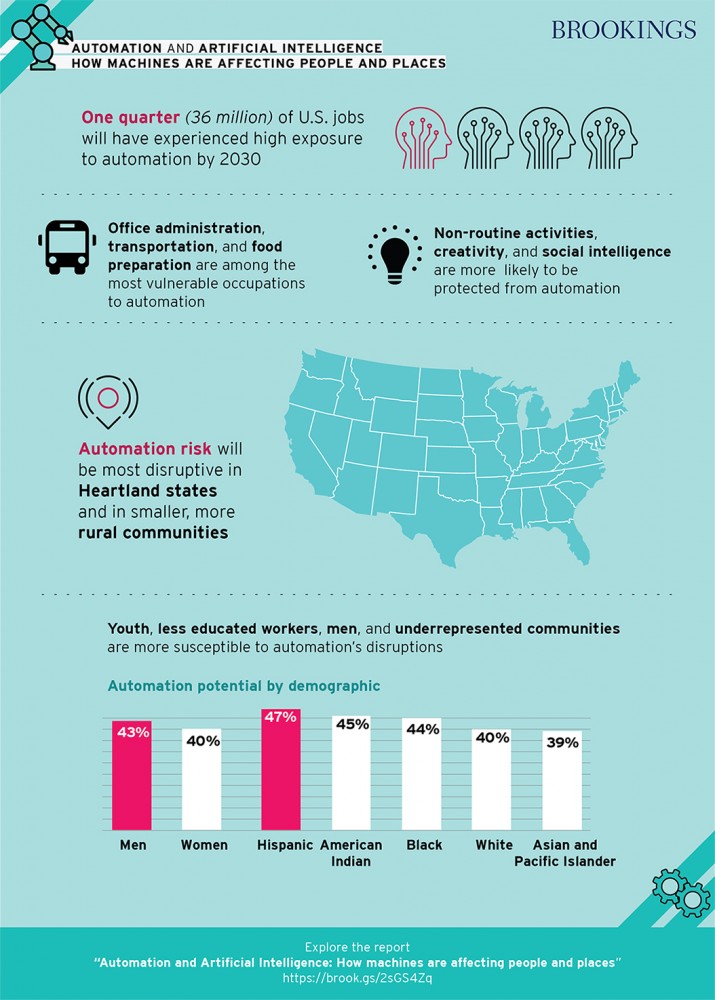
Read the report, including interactive data displaying automation’s impacts on occupations in the 100 largest metropolitan areas.
The Metropolitan Policy Program at Brookings delivers research and solutions to help metropolitan leaders build an advanced economy that works for all.
Image Credit: The Brookings Institution
Download the Full Report Automation & Artificial Intelligence: How Machines Are Affecting People and Places
Related Automation & AI Resources
Automation & Artificial Intelligence: How Machines Are Affecting People and Places
This report details how automation and AI will likely have many positive impacts on the U.S. economy, despite the uncertainty and disquiet they are currently engendering, the trick is going to be to recall as a nation that technological change doesn’t “just happen” but that it can be shaped. Download Now!
Using Automation to Manage Growth in E-commerce Fulfillment
Robotic-based automation solutions enable the flexibility to effectively manage both seasonal and sustained growth. Download Now!
Material Handling Industry Makes the Digital Transformation
The material handling industry is in the middle of a historic digital transformation from manual to automated processes in the distribution center (DC) and fulfillment operations. Download Now!
8 Keys to Achieving Success with Artificial Intelligence in Supply Chain
This white paper looks at the fundamentals that supply chains need in place in order to achieve real results from Artificial Intelligence implementations. Download Now!
Artificial Intelligence in Logistics
This 2018 paper is a collaborative report by DHL and IBM on implications and use cases for the logistics industry, it details how Artificial intelligence (AI) provides a huge opportunity as it leaps from consumer segments to enterprises and onward to the industrial sector and logistics. Download Now!
State of Artificial Intelligence for Enterprises
This study proves that business leaders realize that the benefits of AI today are undeniable - and it will continue to prove itself as a powerful investment for the future, with executives expecting ROI to double in five years and triple in 10 years. Download Now!
More Resources on Automation & Artificial Intelligence
Article topics
Email Sign Up

